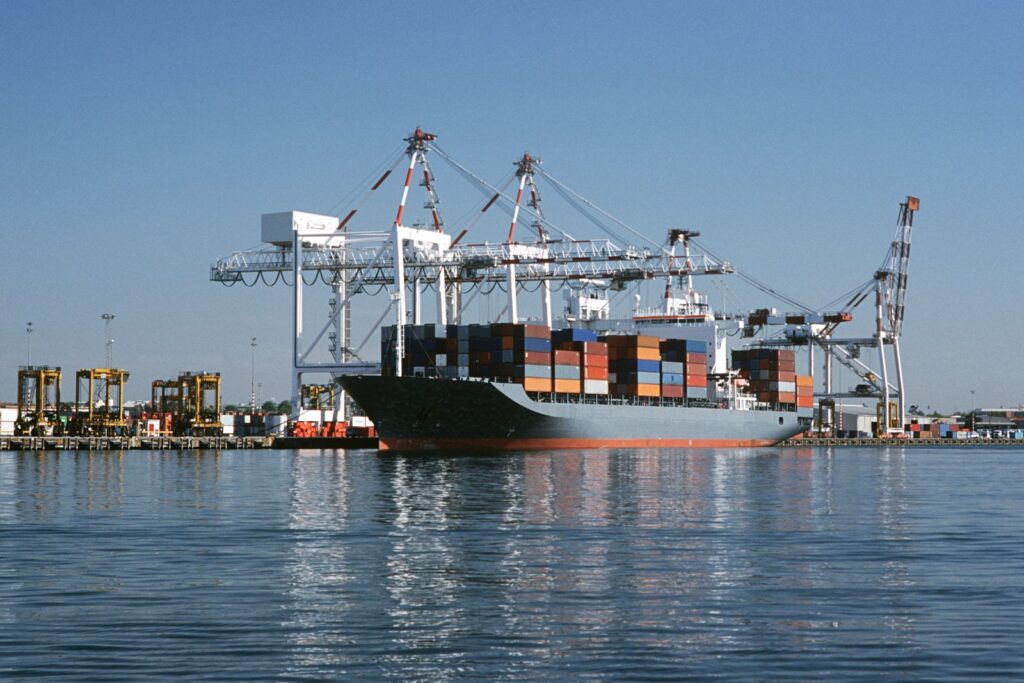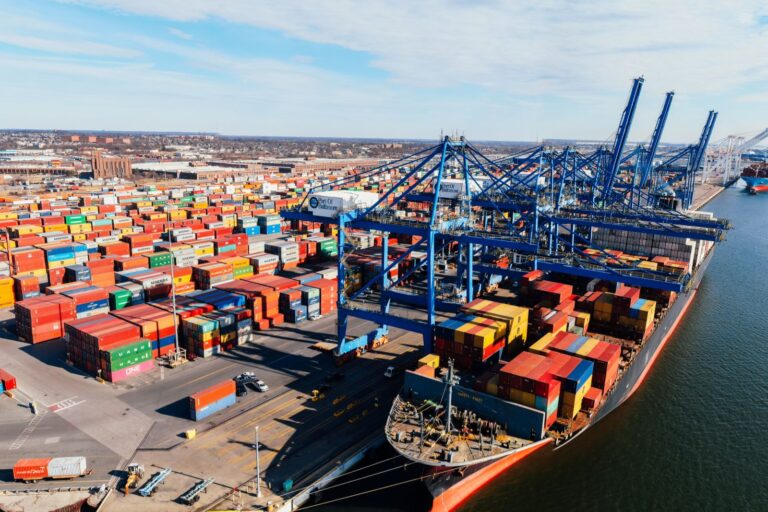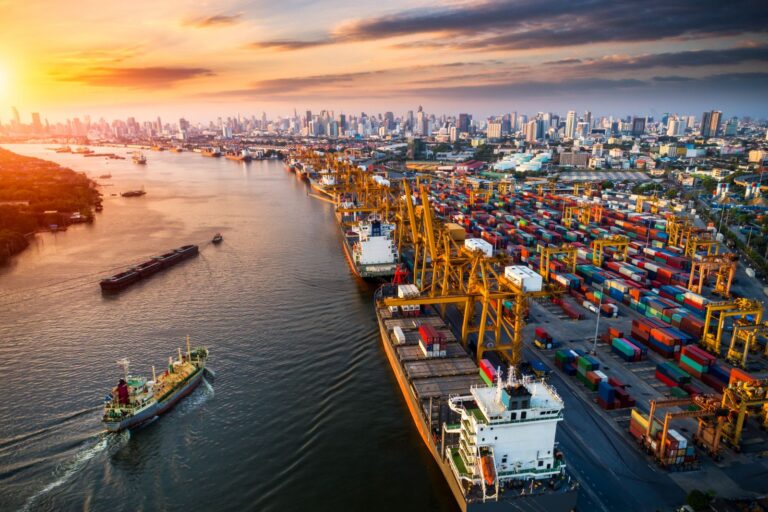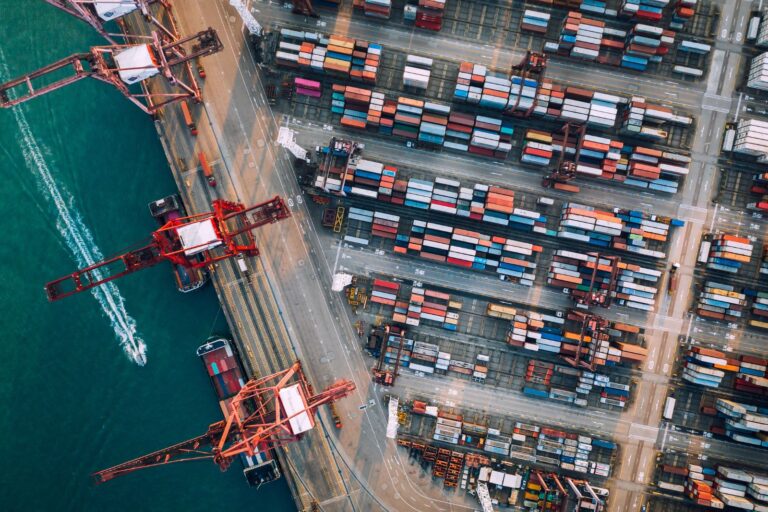Proper container loading is crucial for safe, cost-effective, and efficient international shipping. Poorly loaded containers can lead to damaged goods, increased shipping costs, and regulatory issues. Businesses often underestimate the complexity of container loading best practices, which can affect delivery timelines and customer satisfaction.
Whether you are shipping heavy machinery, consumer goods, or perishable items, understanding the correct loading procedures can make a significant difference. At EGL – Emerald Global Logistics, we help Australian businesses optimise container loading to protect cargo, reduce risks, and comply with international shipping standards.
This guide covers the essential strategies, tips, and insights to help you master container loading for any type of cargo.
Why Container Loading Matters
Proper container loading impacts:
- Cargo Safety: Prevents shifting, crushing, and damage during transit.
- Cost Efficiency: Maximises space usage and reduces shipping costs.
- Compliance: Ensures adherence to international shipping regulations.
- Operational Efficiency: Streamlines loading and unloading processes.

Key Principles of Container Loading
1. Understand Cargo Characteristics
- Weight: Heavy items go at the bottom; lighter items on top.
- Fragility: Fragile items require cushioning and careful placement.
- Size & Shape: Stack efficiently to minimise void spaces.
2. Maximise Space Utilisation
- Use standard containers efficiently to reduce empty gaps.
- Consider palletisation to maintain stability and organisation.
- Load cargo systematically, starting from the heaviest and largest.
3. Ensure Proper Weight Distribution
- Distribute weight evenly to avoid tipping or imbalance.
- Avoid concentrating heavy items on one side.
- Maintain compliance with container weight limits for safe transport.
Step-by-Step Container Loading Process
- Plan the Load: Evaluate cargo, container size, and stacking requirements.
- Prepare the Container: Inspect for cleanliness, damage, and dryness.
- Load Heavy Items First: Place large and heavy items on the floor.
- Secure Cargo: Use straps, braces, or nets to prevent movement.
- Stack Strategically: Place lighter or fragile goods on top of heavier items.
- Fill Voids: Use dunnage, airbags, or padding to prevent shifting.
- Inspect and Seal: Check stability and seal the container properly.
At EGL, we provide tailored solutions to help businesses streamline this process, ensuring safe and compliant cargo transport.
Tips & Best Practices
- Label Properly: Ensure all items are marked for easy identification.
- Use Pallets: Provides stability and simplifies handling.
- Avoid Overloading: Stick to container weight limits.
- Monitor Environmental Conditions: Consider temperature, humidity, and ventilation for sensitive cargo.
- Regular Training: Equip staff with proper loading and safety techniques.
Common Mistakes to Avoid
- Ignoring weight distribution guidelines.
- Failing to secure cargo properly.
- Overloading containers beyond permitted limits.
- Neglecting fragile or sensitive items.
- Skipping inspections before departure.
Use Cases & Examples
- Electronics Shipping: Fragile gadgets secured with foam padding and stacked carefully.
- Automotive Parts: Heavy engines at the bottom, lighter components on top.
- Food & Beverages: Temperature-sensitive goods loaded with proper spacing and ventilation.
At EGL – Emerald Global Logistics, we assist Australian businesses in applying these best practices for all cargo types.
Costs & Considerations
- Proper loading reduces damages and returns, saving money.
- Efficient space usage can lower freight costs per unit.
- Investment in securing materials (straps, pallets, dunnage) ensures compliance and safety.
FAQs: Container Loading Best Practices
1. Why is container loading important?
- It prevents cargo damage and ensures safe, efficient shipping.
2. How should heavy items be loaded?
- Place them at the bottom and centre for balance.
3. What materials are used for securing cargo?
- Straps, braces, nets, dunnage, and airbags.
4. Can improper loading affect shipping costs?
- Yes, poor loading increases risk of damage and underutilises container space.
5. Who can help with professional container loading?
- Freight forwarders like EGL – Emerald Global Logistics provide expert support.
Conclusion
Mastering container loading best practices ensures cargo safety, cost efficiency, and compliance with international shipping standards. Proper planning, weight distribution, and securing techniques are essential for successful freight operations.
At EGL – Emerald Global Logistics, we guide Australian businesses through every step of container loading, offering tailored solutions to streamline your logistics.
If you’re ready to optimise your shipping process, contact EGL today for expert assistance.







